The speed with which a website loads is not limited to a question of comfort… it is crucial. Indeed, it impacts the user experience, influences the bounce rate, determines conversions and, above all, conditions referencing on search engines and LLMs / AI.
By optimizing the performance of a site, we improve its visibility, its commercial efficiency and its credibility.
How do we address these challenges? We use specialized tools – WP Rocket will be an example today; However, our expertise does not stop there. We also deploy a range of techniques adapted to various platforms such as Wix, Shopify or Squarespace and custom sites. Let’s take a closer look at our methods: here’s what we’re doing… and especially why we do it.
Of course, these elements are taken into consideration, whether it is an optimization mandate on an existing site, or whether it is pure website creation ! This is, in any case, determined during our initial audit – which, we recall, is generally free for local SMEs.
A fast site is a site close to the user, for ALL robots, AI, search engines.

1. Image reduction and compression: optimized visuals without compromise
Images are often the heaviest elements of a website, slowing down its loading, especially on mobile devices. Yet, they play a crucial role in aesthetics and visitor engagement. At BlackCat SEO, we find the right balance between visual quality and performance.
- Conversion to WebP
We convert your images to WebP format, a modern technology developed by Google. This format reduces file sizes by up to 30% compared to traditional JPEG or PNG, while maintaining exceptional visual quality. Result? Pages that load faster, without sacrificing the visual appeal of your site. - Intelligent compression with Imagify
With the Imagify tool, we apply compression for every context, whether it’s lossless, aggressive, or ultra. This approach allows us to reduce the weight of the images while respecting your aesthetic requirements, for a site that is both fast and attractive.
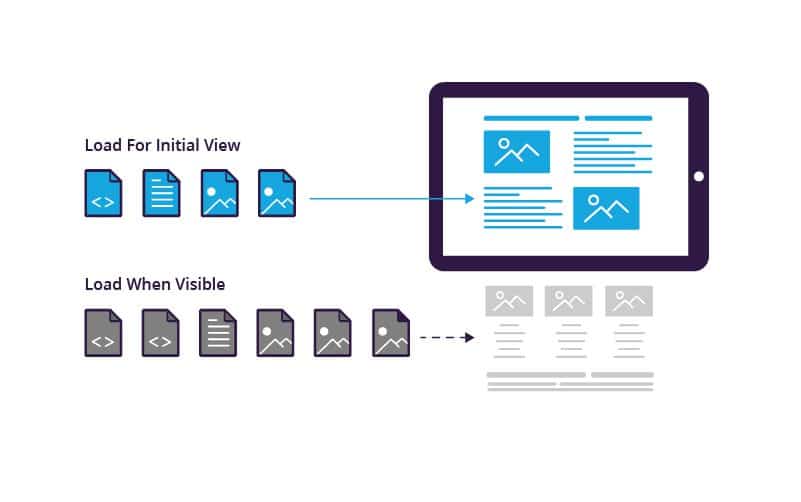
2. Lazy Load: Smart Loading for Optimized Performance
Why bother with the entire loading of a web page from the first moment, especially if the user only sees a fragment of it? That’s the heart of the matter…
And that’s precisely where “Lazy Loading” comes into play: an ingenious tactic we apply to images, iframes, and videos.
In practice, these elements remain dormant until they meet the user’s eye – a clever mechanism that considerably lightens the page when it is opened. The impact? Faster navigation, certainly; But beyond that, a sublimated user experience where every gesture on the screen (especially on mobile devices) is done with remarkable ease.
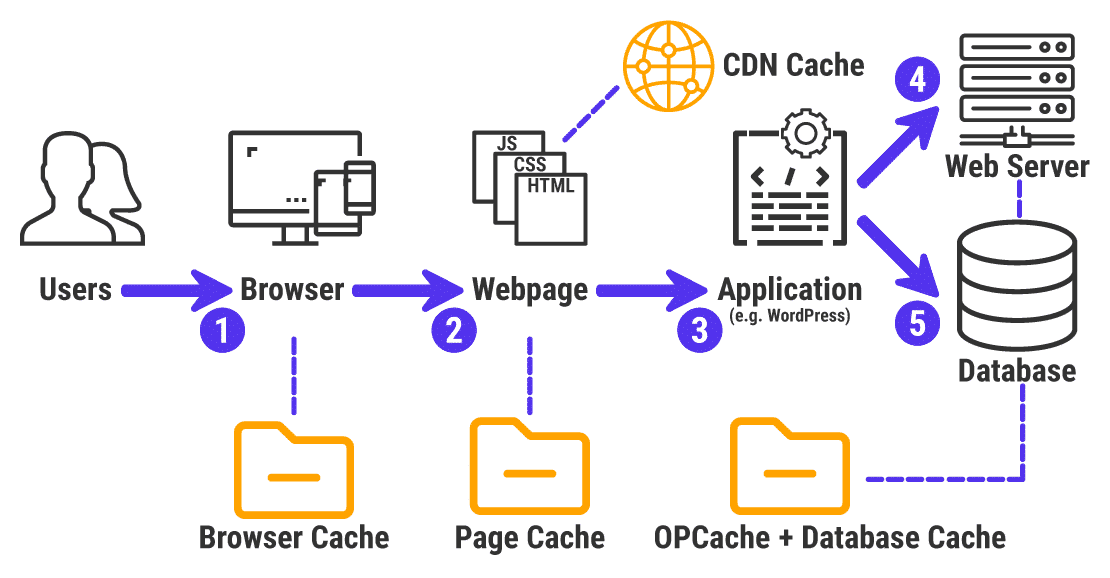
3. Cache optimization: Ready pages in the blink of an eye
The cache is a real asset… This is a key mechanism to boost the speed of your website. How does it work? By saving prepared versions of your pages, the system significantly reduces the pressure on your server. The result? Seamless navigation for users browsing your online space (a priority, right?).
- Page
cachingUsing WP Rocket (or equivalent tools on other platforms), we generate static versions of your pages. Instead of reconstructing each page with each visit, the server instantly delivers a pre-recorded version. This drastically reduces response time, providing fast and enjoyable browsing, even during traffic peaks. - Cache
preloadingAfter each update to your site, we preload the cache to ensure that new versions of your pages are immediately optimized. This means that even the first visitors after a change enjoy a slow-down experience. This attention to detail makes all the difference in maintaining consistent performance.

4. Minification and file combination: a lighter and faster site
CSS, JavaScript and HTML files form the technical skeleton of your site; however, their volume can slow down browsing. Our mission: to optimize them so that they are compact and efficient, while preserving all their functions…
-
Minification of CSS, JS, and HTML
filesBy removing unnecessary spaces, unnecessary comments, and line breaks from these documents, we are tackling an essential process: minification. Objective? Reduce the size of files sent to the browser… The result: pages that load at high speed! This ensures a smooth browsing experience, whether you’re in front of your screen or on your phone. -
Combining Files
Where relevant, we merge CSS and JavaScript files to minimize the number of HTTP requests sent to the server. Fewer requests means less waiting for the browser, which translates into pages that render faster. This optimization is particularly effective for sites that are rich in interactive or complex content.
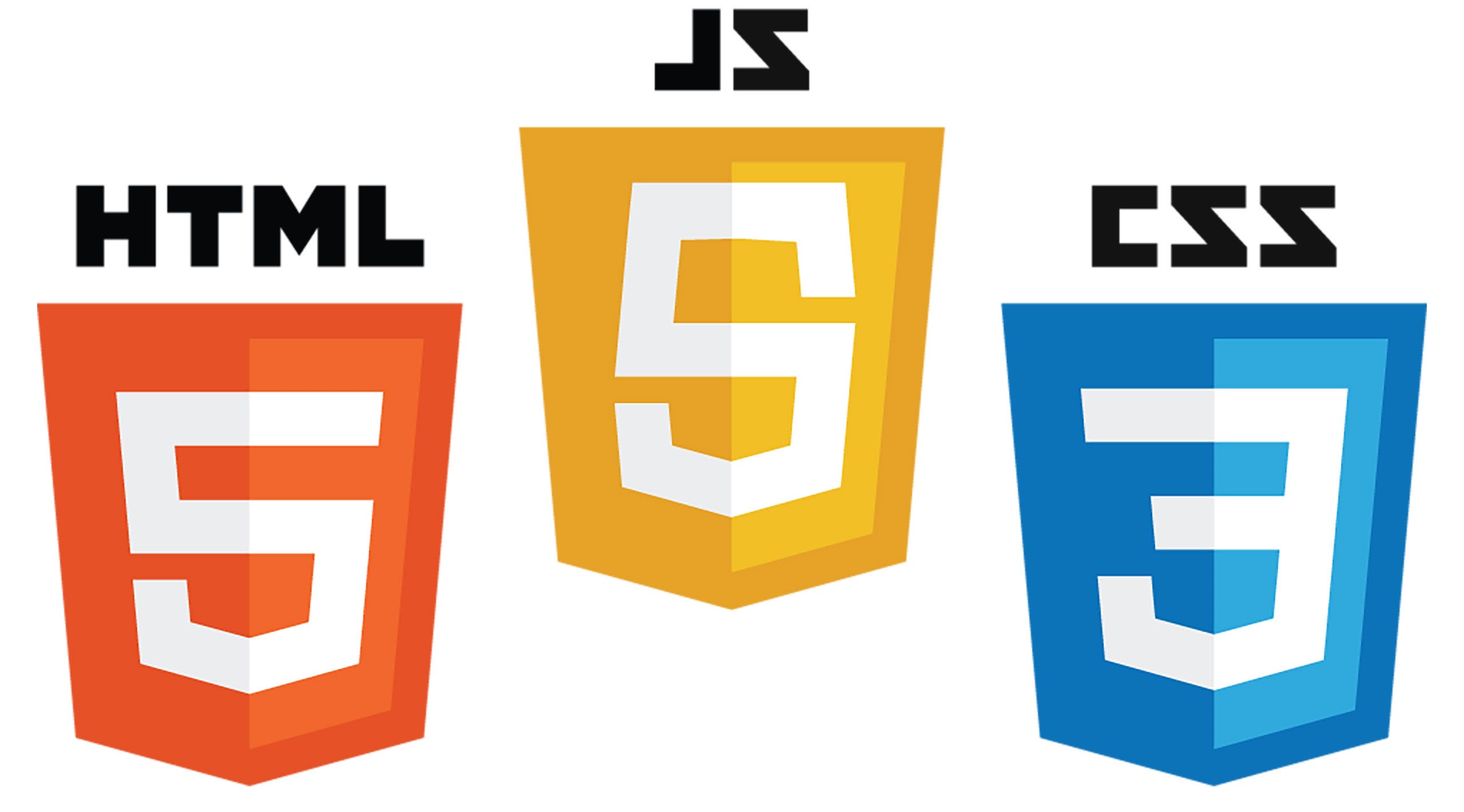
5. CSS and JS Loading Optimization: Instant Navigation
The impact of file size on loading speed is well known; However, the approach taken to transfer them is just as critical to the user experience. We implement sophisticated methods (‘advanced techniques’, if you prefer) to prioritise and orchestrate data loading… The goal? To ensure a smooth navigation from the moment the user sets foot in our digital world.
-
Lazy loading (defer/async)
We apply the defer or async attributes to non-essential JavaScript files. This allows the browser to continue parsing the HTML without waiting for these scripts to be downloaded and executed. Result? Your pages display faster, providing an optimal first impression for your visitors. -
Critical loading of CSS
To optimize the initial display of your site, a particular mechanism comes into play: the priority loading of critical CSS. In other words, we first select and load the styles that are essential to the presentation of the content that appears as soon as the page is opened. While these fundamental elements take place, the rest of the style sheets are waiting their turn… an effective tactic that accelerates the “First Contentful Paint” (FCP), that crucial moment when the user perceives the first visual information. This makes your site more responsive — almost magically! -
Deleting unused
CSSWP Rocket equips us with built-in features, while third-party tools come in to help target and remove unnecessary CSS styles from your pages. By getting rid of those dispensable bytes… the weight of the page is lightened. Result? Faster loading and, as a result, optimized performance.
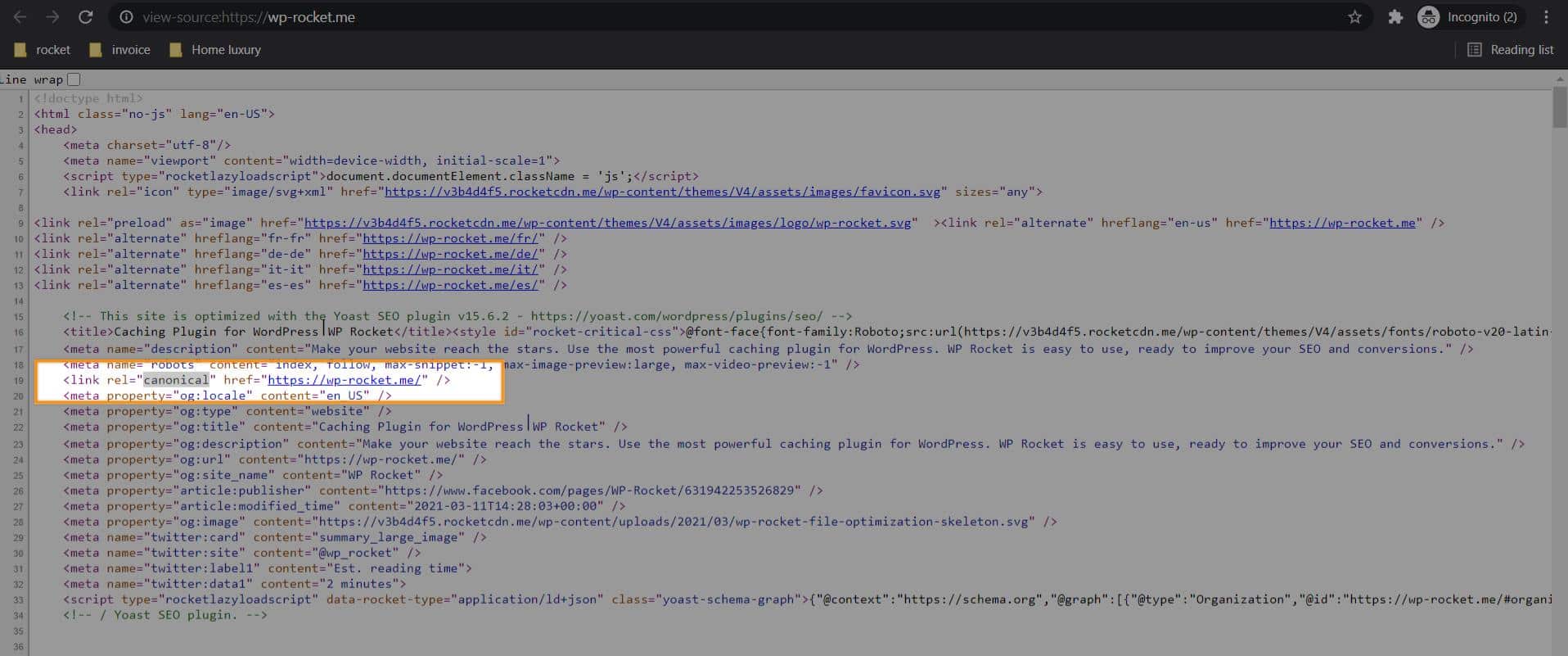
6. Prefetching, pre-connection and DNS Prefetch: anticipating to save time
To ensure smooth navigation, it is essential to anticipate the expectations of the sailor… How? By proven methods: preloading as well as prelogin. These strategies make it possible to make available the essential resources… even before the Internet user realizes that he needs it.
-
Preloading Critical
Fonts and AssetsWe tell the browser which resources to load first, such as Google fonts or critical CSS. By anticipating these needs, we reduce the Time to First Byte (TTFB), i.e. the time before content starts to be displayed. Result? An instant user experience, even on slower connections. -
Preconnect and DNS Prefetch
We add preconnect and dns-prefetch tags for resources hosted on external domains, such as CDNs, fonts, or third-party scripts. These tags allow a connection to be established with these servers more quickly, reducing wait times. Your site becomes more responsive, no matter where your visitors are.
7. Database cleanup: a lighter engine for more fluidity
Aunsi, when you think about the effectiveness of your website… Never neglect its backbone: the database. Trust our specialists; They keep an eye on the grain so that every click on your site is synonymous with performance and a positive user experience.
-
WordPress
Database CleanupWordPress Database Cleansing… This is an essential step, and we are watching it carefully. At the heart of our intervention: the removal of article revisions, drafts stranded in digital limbo, as well as unwanted transients and comments that unnecessarily clutter your database. Why this sanitation? Simply to give your pages the ease to fly to your visitors without the slightest delay – smooth navigation (you know, that kind of user experience that makes all the difference!). This offers a responsive server that’s ready to answer the call at the first click.
8. CDN and static files: global reach, local speed
Geographical distance can be an obstacle to the fluidity of access to your website… This is where the Content Delivery Network (CDN) comes in: a decisive tool to overcome this constraint. Indeed, thanks to the CDN, the obstacle of distance fades away, making the user experience faster and more pleasant.
-
Configuring CDNs like Cloudflare or BunnyCDN
We set up CDNs to distribute your static files (images, CSS, JavaScript) to servers located all over the world. This way, your visitors access resources from the geographically closest server, reducing load times and improving the experience, no matter where they are.
9. GZIP/Brotli compression: Lighter files for fast browsing
The size of the files sent to the browser plays a key role in performance. We use compression technologies to minimize their impact.
-
Enabling GZIP or Brotli
compressionWe enable GZIP or Brotli compression directly at the server level. These technologies compress files before they are sent, reducing the bandwidth required. Your visitors benefit from faster loading, even on limited connections, while preserving the quality of your content.
 Optimization for Shopify: lightning-fast online stores
Optimization for Shopify: lightning-fast online stores
Shopify bills itself as a platform of choice for e-commerce; However, to exploit its full potential, sensible optimisation is essential. We implement tailor-made strategies to boost the efficiency of your online stores…
-
Automatic conversion of images to WebP
Using apps like TinyIMG, we automatically convert your images to WebP format, reducing their size while preserving their quality. This allows for faster loads, which are essential for mobile shoppers. -
Built-in
Lazy LoadRecent Shopify themes include Lazy Loading by default, which we enable and optimize to ensure that images and videos load only when visible. This lightens the initial weight of the pages. -
Reduction of unnecessary
applicationsShopify apps can weigh down your site with unnecessary JavaScript scripts. We scan and remove non-essential apps to reduce load times and improve fluidity. -
Compression via Shopify CDN
Shopify has a built-in CDN (Content Delivery Network). We optimize its use so that static files are compressed and delivered quickly, no matter where your customers are.
Optimization for Wix: simplicity and efficiency
Wix stands out for its simplicity of use. However, sometimes the optimization options are somewhat limited… Our approach? We deploy clever strategies to circumvent these limits and thus boost the performance of your website.
-
Automatic image
optimizationWix offers automatic image resizing and compression. We adjust these settings to ensure a perfect balance between visual quality and fast loading. -
Built-in
Lazy Loading Lazy Loading is native to Wix. We make sure it’s properly set up to reduce initial load time, providing smooth navigation from the first few seconds. -
Global CDN enabled
Wix uses a global CDN to speed up content delivery. We optimize its operation by reducing unnecessary resources, such as superfluous plugins or scripts. -
Circumvention of limitations
Wix doesn’t allow direct access to the code. We then optimize through strategic choices: selection of high-performance templates, reduction of unnecessary plugins and effective structuring of content to minimize slowdowns.
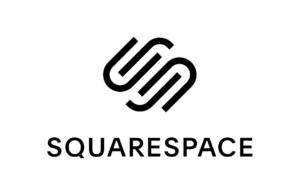 Optimized for Squarespace: Elegance and Performance
Optimized for Squarespace: Elegance and Performance
Squarespace has earned a reputation for its clean designs. However, the platform is less flexible when it comes to technical optimizations… So we play with the tools at our disposal to push its capabilities to the maximum: increased performance in the line of sight.
-
Lazy Load enabled by default
Squarespace has built-in Lazy Loading for images and videos. We check and optimize this feature to ensure reduced loading times. -
Images resized and converted automatically
Images are automatically resized and converted to minimize their weight. We’re adjusting these settings to preserve aesthetics while speeding up the site. -
Automatically
Combined CSS/JS FilesSquarespace automatically combines CSS and JavaScript files to reduce HTTP requests. We complement this optimization by advising on a content structure that limits blocking effects. -
Structuring
TipsWith little room for custom optimizations, we rely on an optimized visual hierarchy and content organization to avoid slowdowns and improve the user experience.
Performance that makes the difference
By cleverly integrating optimizations on platforms such as Shopify, Wix or Squarespace, BlackCatSEO propels its customers to new digital horizons. It’s a fact: the benefits are tangible.
They have the potential to increase the online presence of those who trust us. How? Through a mix of strategic adjustments and undisputed technical know-how. And the result? A fingerprint that is not only visible but also remarkably effective.
-
Reduced total load time : Pages that display in the blink of an eye, even on mobile.
-
Improved Core Web Vitals : Optimized key metrics like First Contentful Paint (FCP), Largest Contentful Paint (LCP), and Cumulative Layout Shift (CLS), which are essential for SEO.
-
Better user experience on mobile : Smooth and intuitive navigation that retains visitors.
-
SEO Ranking Gain : A fast site is ranked higher by Google, increasing your visibility.
-
Decreased bounce rate : Users stay longer with a frustration-free experience.
-
Increased conversions : Optimized performance translates into more sales, sign-ups, or actions on your site.
Typical example of optimizations for a WP site
| Optimization | Tool / Technique used | What for? |
| WebP | Imagify, Shopify CDN | Reduced image weight |
| Image | Imagify, TinyIMG | Faster loading |
| Lazy Load | WP Rocket, native Wix/Squarespace | Avoids loading off-screen images |
| Page | WP Rocket, CDN | Accelerates rendering |
| Minification CSS/JS/HTML | WP Rocket | Reduces overall weight |
| File | WP Rocket | Reduces HTTP requests |
| Delayed loading of JS | WP Rocket | Avoids rendering blocking |
| CSS | WP Rocket | Displays content faster |
| BDD | WP Rocket | Reduces server response time |
| Preload / Preconnect | WP Rocket | Improves the speed of connection to external resources |
| CDN | Cloudflare, BunnyCDN, Shopify CDN | Reduces overall latency |
| GZIP / Brotli | Server or Cloudflare | Reduced bandwidth |
Optimizing website speed is not just a technical issue: it is a global strategy for performance, SEO and user experience. Whether it’s through WP Rocket, Imagify, or platform-specific methods, our approach aims to ensure measurable and sustainable gains. Each action is designed to speed up your site, improve its visibility and strengthen its commercial efficiency.
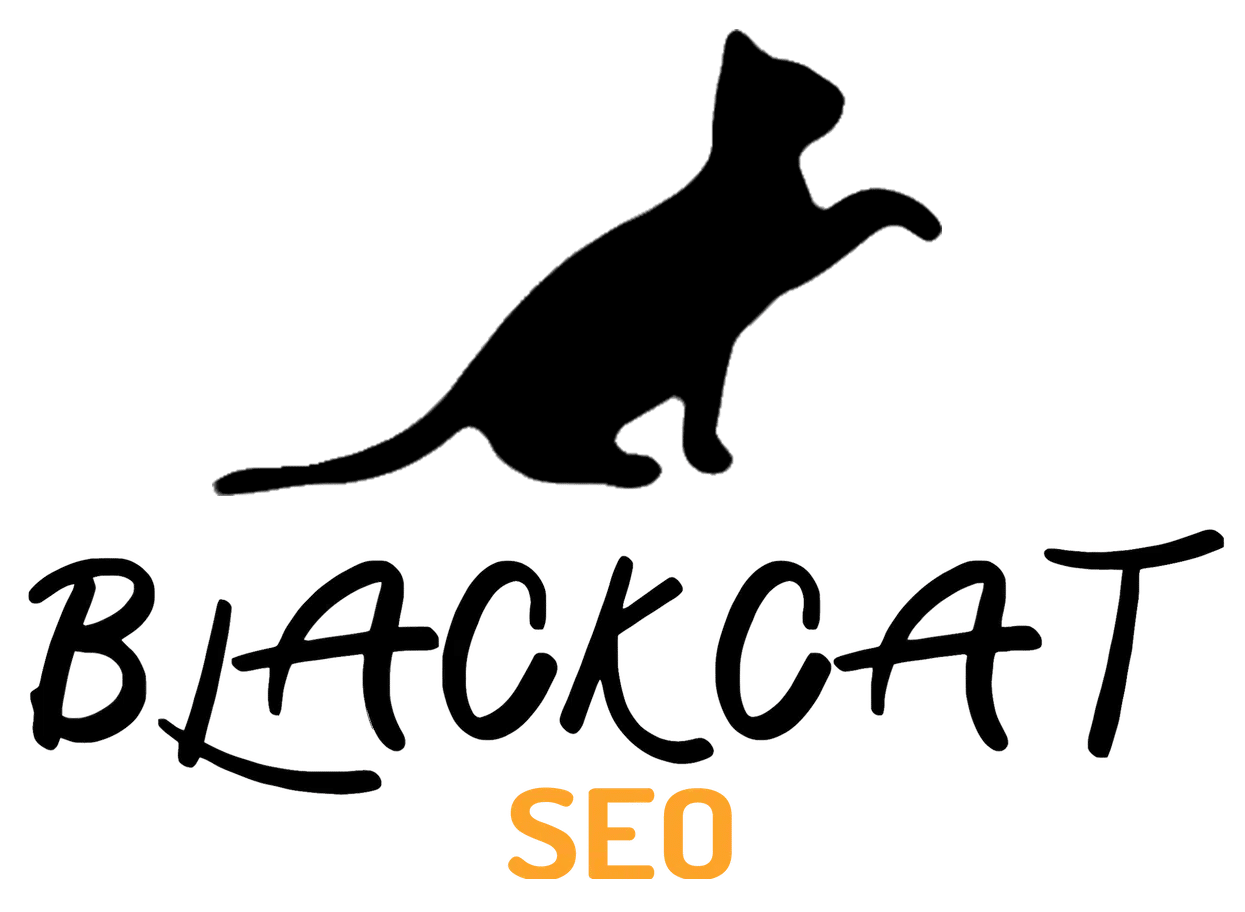

 Optimization for Shopify: lightning-fast online stores
Optimization for Shopify: lightning-fast online stores

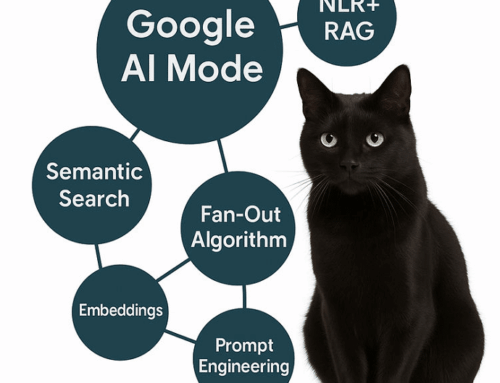


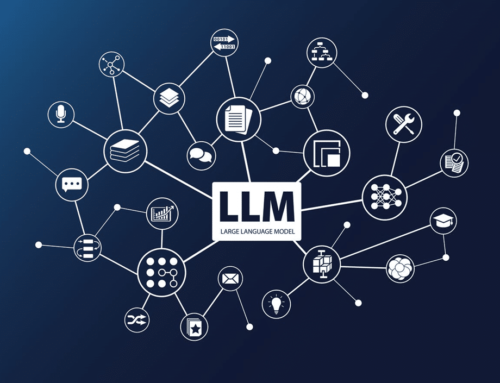



Leave A Comment